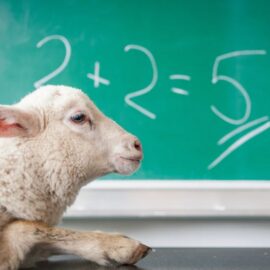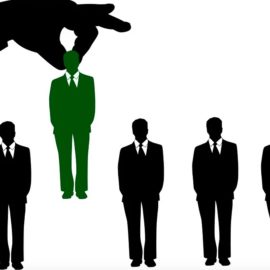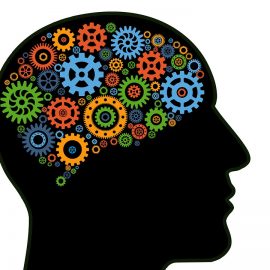
Why do you act differently around certain people? What if you could consciously choose how to respond in any situation instead of falling into automatic patterns?
Life coach Mike Bayer explores conscious and unconscious behavior patterns in his book Best Self, offering practical strategies to align your actions with your authentic self. Through his innovative character-creation method, readers learn to identify and transform their automatic responses into intentional choices.
Discover how personifying your behavioral patterns can unlock a new level of self-awareness.
Personify Your Aligned and Misaligned Selves
After evaluating how you feel in all areas of your life, you’ll have two key pieces of information. First, you’ll have a clear idea of where you’re acting in alignment with your true self and where you’ve become disconnected. Second, you’ll be aware of your conscious and unconscious behaviors—how you behave when you’re being true to yourself, and how you behave when you’re not.
For example, suppose you noticed that you communicate confidently and openly when interacting with certain groups of friends but become defensive and withdrawn around other friends. In that case, you’ve identified distinct behavioral patterns that can clue you into whether you’re aligned or misaligned, and what types of people bring out these behaviors in you.
(Shortform note: Bayer suggests that people act positively when they’re being authentic and negatively when they’re not. Research adds that whether a behavior is positive or negative depends on how genuine it feels. Even “negative” behaviors can be positive if they meet your needs, and “positive” behaviors can be harmful if you use them to mask your true feelings. For example, withdrawing can be healthy if you need time to reflect, while acting confident can be harmful if it masks insecurity. This suggests that it’s more useful to examine your behaviors based on the needs or feelings they serve, rather than labeling them as simply “good” or “bad.”)
How to Increase Awareness of Automatic Behaviors
Bayer recommends making two separate lists: one of your aligned behaviors and one of your misaligned behaviors. Then, use each list to create two distinct characters that represent your aligned self and your misaligned self. Make these characters as detailed and vivid as you can—for instance, give each of them a name, a distinct physical appearance, a specific dialect, and a set of unique personality traits.
For example, you might create a character named Sunshine to represent the part of you that communicates confidently. You describe Sunshine as a tall, graceful character who speaks clearly and warmly. The character who represents the part of you that becomes defensive—named Hedgehog—is a small, hunched character who mutters and avoids eye contact.
Bayer explains the power of creating these characters: Up until now, he says, you’ve likely been behaving automatically, reacting to situations without conscious thought. (For example, when you’re in an uncomfortable social situation, you instinctively start to retreat without considering if there’s another way to respond.) Personifying your behaviors with detailed characters makes it easier to recognize which “self” is in control. This awareness makes it much harder to ignore when you’re acting out of alignment, giving you a chance to interrupt and reflect on your automatic behavior.
For example, the next time you experience discomfort at a social gathering and feel the urge to retreat, you recognize that Hedgehog has taken control of your behaviors. You take a step back from the situation and consider whether you really want to withdraw from it.
| How Personification Helps Change Unconscious Behaviors Todd Herman (The Alter Ego Effect) recommends a similar personification process and offers insight into how it can help you consciously choose your behaviors. He explains that most of your responses to situations are unconscious habits you’ve developed over years—patterns of behavior that have become so natural you don’t even realize you’re engaging in them. While some of these unconscious behaviors serve you well, others are outdated or unhealthy. Herman argues personifying your different behaviors as distinct characters helps you make conscious choices about how you want to act. The act of personification creates psychological distance between you and your behaviors, so you can choose to embody or avoid them based on what serves you best in the moment. Further, Herman explains that this process helps you tap into strengths you already have but aren’t using. At your core, you’re creative, motivated, curious, and full of potential. But over time, you’ve internalized limiting beliefs about yourself and adopted bad habits that hold you back. Personifying your positive behaviors helps you bypass your limiting beliefs because you’re not being yourself—you’re being someone with positive beliefs about the world and themselves. In addition to giving your characters names, physical details, and personality traits, Herman recommends giving them rich backstories that explain what empowers or triggers their (your) behaviors. Understanding the origins and triggers of each character makes them feel more real and memorable, strengthening your ability to recognize and choose between them in the moment. For example, say Hedgehog developed during your difficult middle school years. You learned to protect yourself from bullies by taking up little space—you hunched, mumbled, and avoided attention. These behaviors kept you safe then, but now they activate when you’re in social situations that make you nervous, which is neither necessary nor helpful. |






